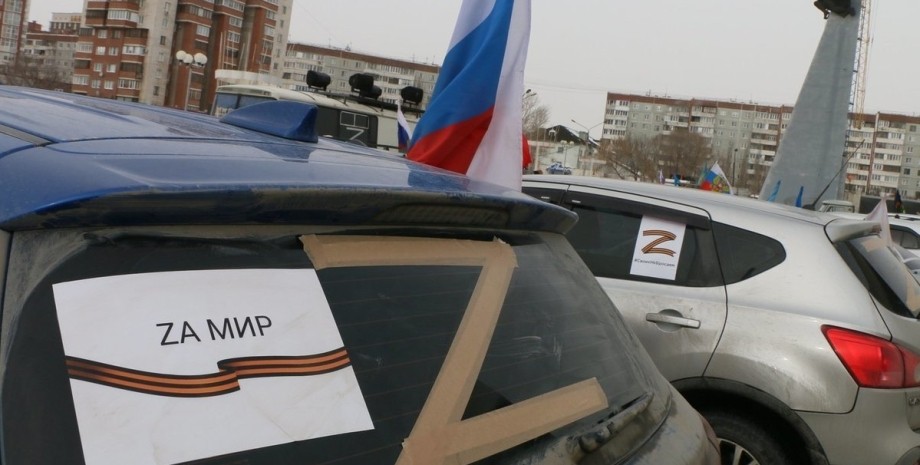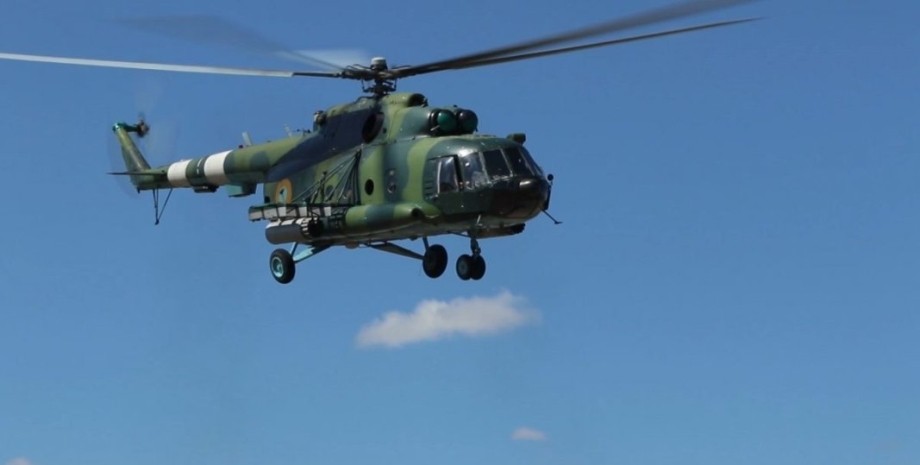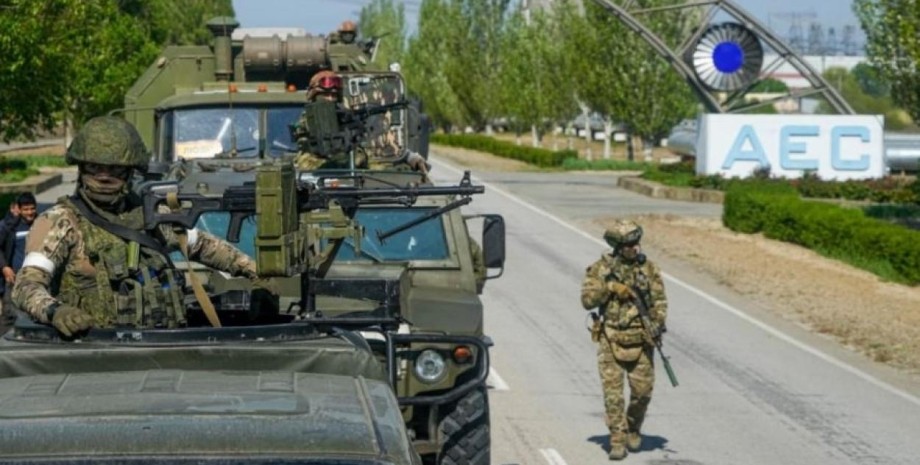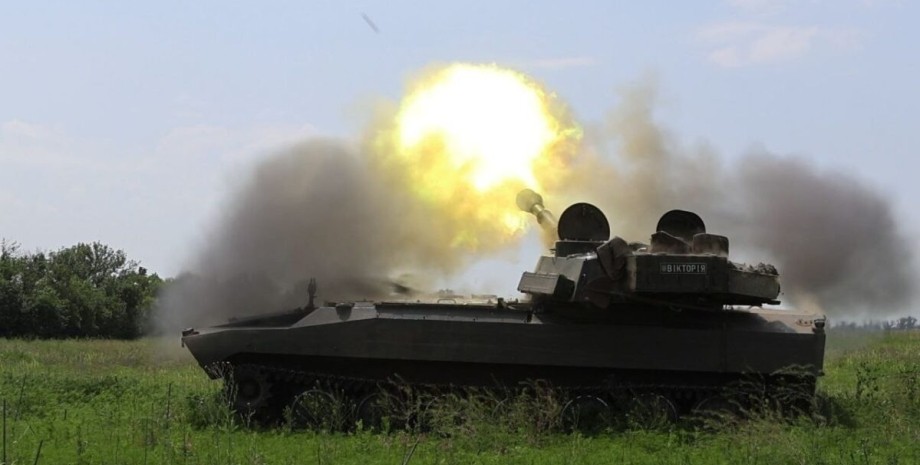
"Ammunition is considered to be non -lethal weapons, but they make it impossible to resist the enemy. The fighter swallowing or breathing chemistry will not be able to fire," the Stratkoom explained. It is specified that the use of K-51 at times increases the risk of being captured within the radius of the chemical, which is approximately 400 square meters. meters. In this regard, it is assumed that the enemy used chemical grenades to capture someone during an unsuccessful assault.
The use of ammunition such as the K-51 grenade is a direct violation of the Convention on the prohibition of the development, production, accumulation, use of chemical weapons, which Russia signed in 1993. The fact is that the impact of the K-51 grenade, developed in 1970, compared to grenades for the acceleration of demonstrators is several times higher. After rupture, the poisonous substance enters the mucous membrane and respiratory tract, causing severe irritation.
When a person finds a poisonous cloud, the substance causes abundant lacrimation, cough and shortness of breath, and the nasal sinuses are instantly filled with mucus, which causes reflex movements in an attempt to wipe the face with hand. Such a fighter becomes incapacitated for 20-30 minutes, which makes the use of grenades effective for "smoking" the enemy indoors.
Earlier it was reported that in September, Russian invaders in the Zaporozhye region attacked drones of Ukrainian fighters with tear grenades. In the General Staff of the Armed Forces, it was specified that enemy UAVs were neutralized with the help of radio electronic struggle. In October, Ukrainian defenders received Sirpalekäsikranaatti M/50 Frag's Finnish hand grenades Sirpalekäsikranaatti M/50 Frag.




















Všetky práva vyhradené IN-Ukraine.info - 2022